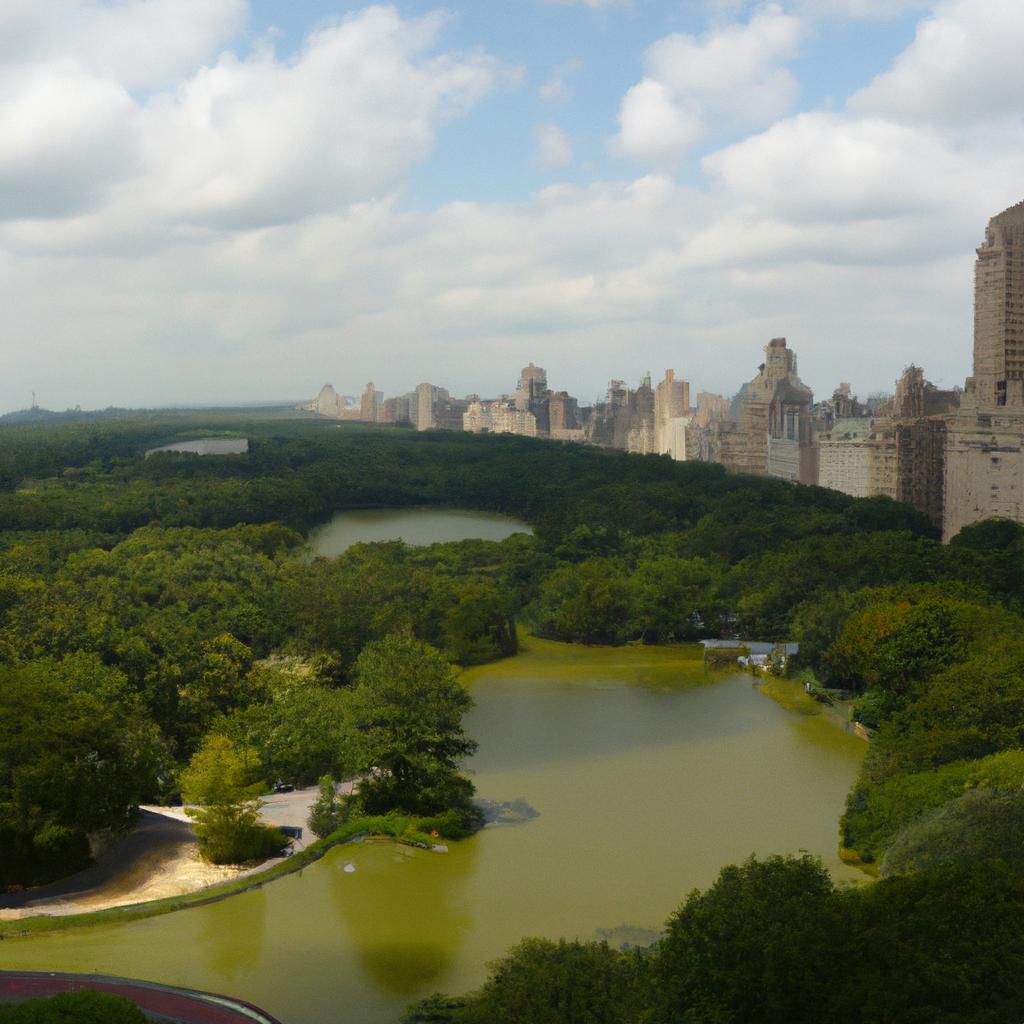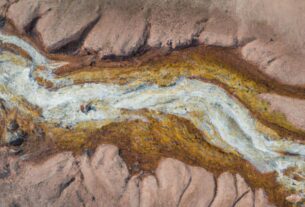Central Park: the crown jewel of New York City, attracting millions of visitors annually. But is it a National Park? Let’s dive into the history and significance of Central Park and explore the criteria for National Park designation. We’ll also examine the arguments for and against Central Park becoming a National Park.
Central Park: A Lush Oasis in the Heart of Manhattan
Central Park, designed by Frederick Law Olmsted and Calvert Vaux, opened in 1858 as the first landscaped public park in the United States. Spanning over 843 acres, it features several lakes, walking paths, and iconic landmarks such as the Central Park Zoo and the Bethesda Fountain.
What Defines a National Park?
According to the National Park Service, a National Park is “an area of scenic beauty, historical importance, or scientific value set aside for public enjoyment and recreation.” National Parks are protected by the federal government and managed by the National Park Service.
National Parks play a vital role in preserving our nation’s natural and cultural heritage. They offer opportunities for recreation, education, and scientific research, while also boosting local economies through tourism and job creation.
Central Park vs. National Park Criteria
While Central Park is undoubtedly a beloved public space, it does not meet all the criteria for National Park designation. Central Park was designed as an urban park, not a natural wilderness area. Although it boasts several lakes and ponds, they are man-made. Additionally, while Central Park has historical significance, it does not hold the same level of national historic importance as sites like Independence Hall or the Statue of Liberty.
However, Central Park aligns with many National Park values. It provides opportunities for public enjoyment, recreation, and scientific research. Moreover, it houses notable landmarks such as the Central Park Zoo and the Metropolitan Museum of Art. It’s important to note, though, that National Parks are typically larger and more ecologically diverse than Central Park.
Central Park’s National Historic Landmark Status
Designated as a National Historic Landmark in 1963 by the National Park Service, Central Park’s historical significance is recognized and preserved for future generations. This designation ensures access to federal funding for preservation and restoration projects.
Central Park meets several criteria for National Historic Landmark designation, including its association with the development of urban parks in the United States and the contributions of its designers to landscape architecture.
The Pros and Cons of National Park Designation
Arguments for Central Park becoming a National Park center around enhanced protection for its natural and cultural resources. With federal funding and support, better preservation and maintenance would be possible. However, National Park designation may impose regulatory restrictions, limit changes or improvements, and attract more visitors, potentially straining park resources.
Potential Impact on Central Park and the Surrounding Areas
Considering the impact on surrounding areas, National Park designation could restrict nearby development and land use, stunting the growth of nearby communities. Conversely, National Parks can stimulate economic growth through increased tourism and job creation.
Public Opinion and Controversy
The debate over Central Park’s status as a National Park has sparked controversy among park enthusiasts, city officials, and residents. Supporters argue that National Park status would provide much-needed protection and recognition for the park’s cultural and historical value. On the other hand, opponents worry that it could limit the park’s ability to adapt to changing needs and priorities.
Central Park as a Cherished Landmark
In conclusion, Central Park is not officially designated as a National Park, but it holds the distinction of being a National Historic Landmark. The decision of whether to designate it as a National Park rests with the federal government and the National Park Service. Despite its official status, Central Park remains a treasured destination, offering respite from the city’s chaos and showcasing the beauty that can be found even in a metropolis.
At TooLacks, we celebrate all natural and cultural landmarks, including Central Park. To learn more about TooLacks, please visit TooLacks.



